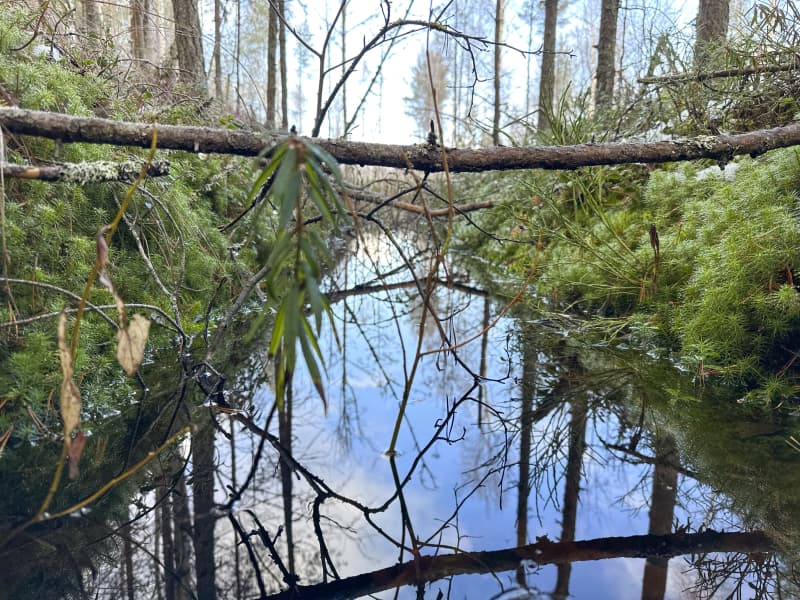Swamps converted for forestry use drain into ditches and from there into lakes and rivers, all the way to the Bothnian Sea. The restored peatland cleans the run-off water and slows its flow.
The Bothnian Sea is one of Finland’s last thriving marine areas, but it too is threatened by darkening and eutrophication.
Coastal waters have also deteriorated, for example off Oulu. This is partly due to humus pollution that is run-off into water bodies. Forestry pollution can be reduced through water-friendly forest management measures, such as restoring peatland run-off to natural or restored peatlands.
– It has been noted that forestry on peatlands is quite a big polluter. Now, economically insignificant drainage areas have been restored because they have no timber production value, but they are very important for water protection.
According to Saarentaus, restoration and restoration of water are the only ways in forestry to stop nutrients in soluble form.
Private forest owners should be involved in restoring swamp areas. At the moment, the majority is done in the states.

– The John Nurminen Foundation’s wish is to receive state support for this. Now restoration is nature conservation, and not sustainable forestry, which I think it should be, says Saarentaus.
The goal of the John Nurminen Foundation, founded in 1992, is to save the Baltic Sea and its heritage for future generations. The foundation’s projects aim to improve the condition of the Baltic Sea by reducing the load on the sea and environmental problems, such as eutrophication and loss of nature.
The Baltic Sea is threatened by shading and eutrophication
The back sea is still quite clear, but the direction is worse.
For example, in Oulu’s Kiiming, a marshland in a Natura area was restored. Although the waters that have flowed through the ditches of the swamp have not ended up directly in the Perämere, its nutrient load has increased.
Due to climate change, winter rainfall has increased, so the total nutrient load in the Red Sea is increasing.
– The restoration of one small swamp is not terribly visible in the Pärämere state, but the humus and nutrient load is made up of small streams. You have to remember that forest drains burden waterways for decades. Some of the humus ends up all the way to the Perämere, says Rintala.
*You can discuss the topic on 13.10. until 11 p.m.*
